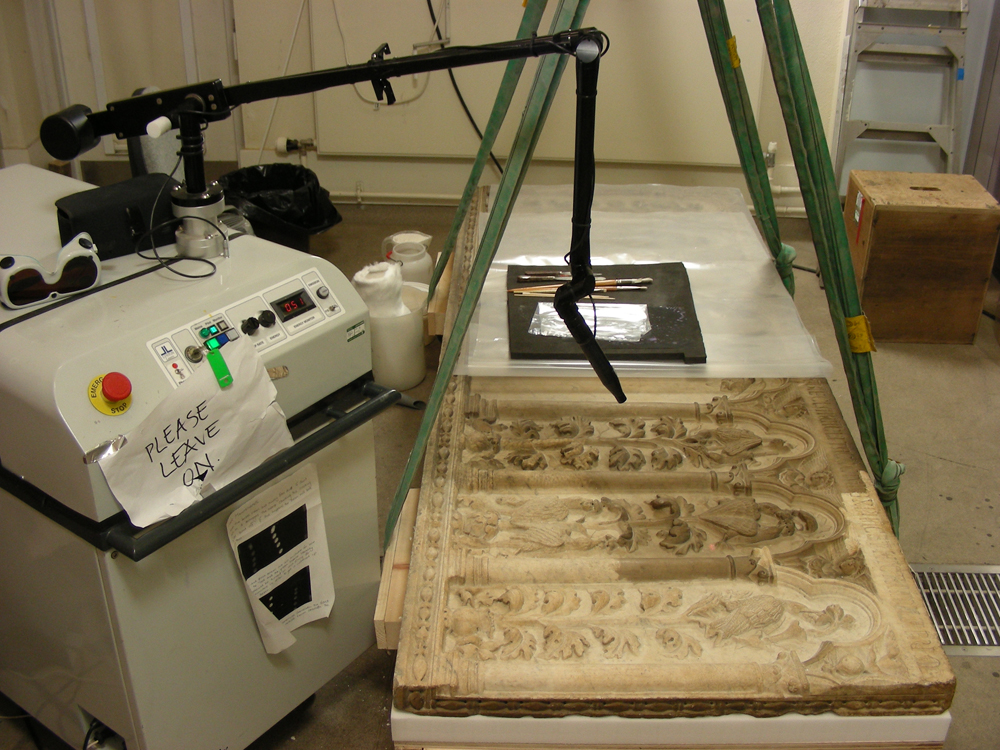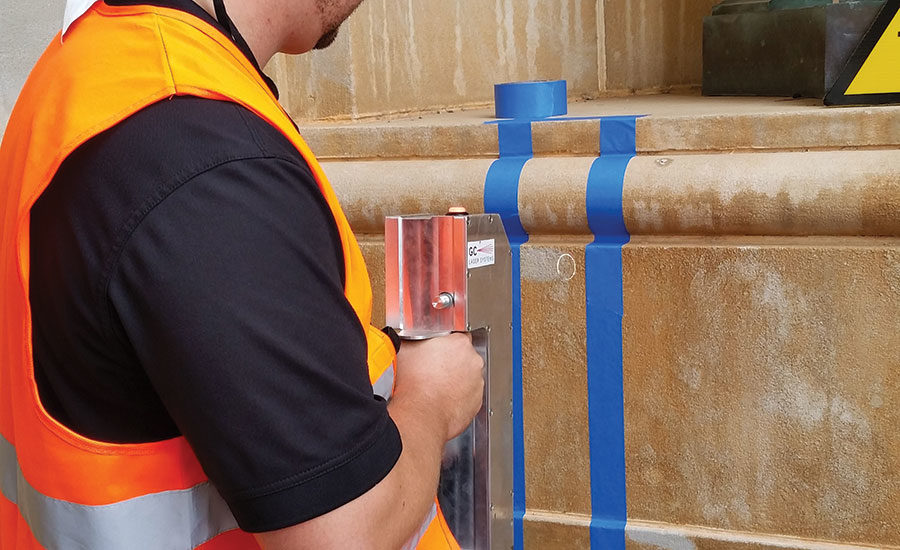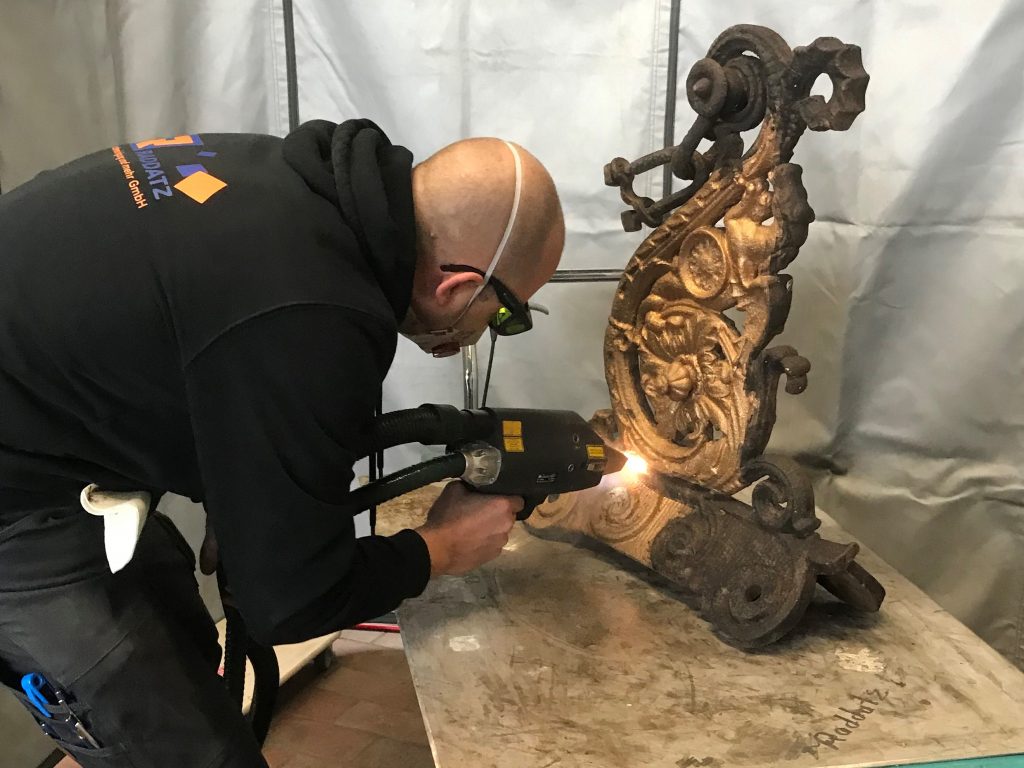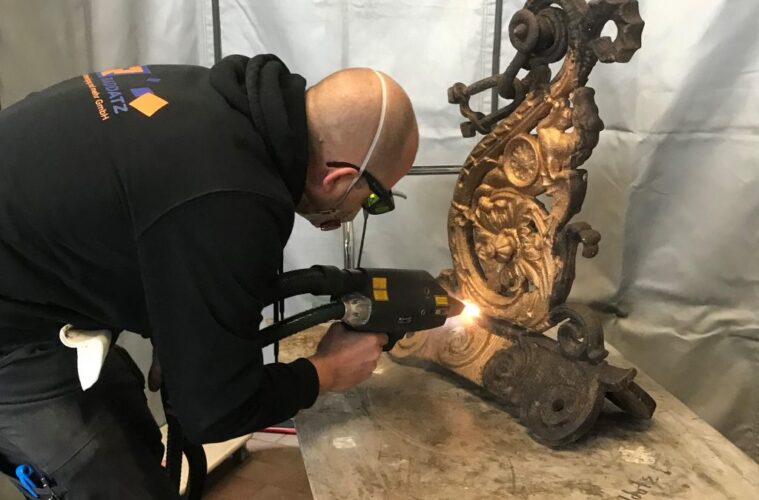Imagine if the touch of a button could uncover the intricate original details of a centuries-old artwork, freeing it from the dark veil of accumulated grime without causing any harm. Sounds like a scene from a science fiction movie, right? However, in the sphere of art restoration, such revolutionary processes are already unfolding. Central to this discourse is the emerging technology of laser cleaning, a technique that holds promising implications for the careful and meticulous world of art and artifact conservation.
Understanding Laser Cleaning
Laser cleaning, in its most elementary definition, is a non-contact, non-abrasive process that utilizes laser technology for the removal of unwanted substances from the surface of an object. The method involves bombarding the target material with pulses of light emitted by a laser. The unwanted layer, whether it’s rust, paint, dirt, or grime, absorbs the laser’s energy and vaporizes or disintegrates, while the substrate underneath remains untouched, owing to the precise control over the laser’s intensity and duration.
Application of Laser Cleaning in Art Conservation
Restoring artifacts and artwork requires an unparalleled level of precision and delicacy. As each piece tells a unique historical tale, the removal of centuries of accumulated dust, grime, and discoloration can provide valuable insights into our cultural heritage.
Advantages of Laser Cleaning in Art Restoration

source: pinterest.com
Laser cleaning system offers several benefits that make it an ideal technique for preserving delicate artwork and historical artifacts. These include:
Non-contact and non-invasive: Unlike traditional cleaning methods that require physical contact and can cause wear and tear, laser cleaning is a non-contact process, reducing the risk of inadvertent damage to precious artifacts.
Precision: The laser can be finely tuned to work at the micro level, targeting only the undesired layers while preserving the original artwork underneath.
Adaptable: Laser cleaning can be applied to a wide range of materials, from metals and stone to delicate fabrics and paper, making it a versatile tool in art conservation.
Environmentally friendly: This process does not use chemicals or abrasive materials, making it an eco-friendly choice for art restoration.
Case Studies Illustrating the Use of Laser Cleaning in Art Conservation
The use of laser cleaning technology has already marked several successes in the world of art restoration.
Restoration of the Parthenon Marbles
The Parthenon Marbles, residing in the British Museum, underwent an extensive restoration process between 1999 and 2002. Laser cleaning was used to gently remove the layer of black crust and yellow staining that had accumulated over centuries, revealing the marbles’ original surface for the first time in modern history.
Salvaging the Mary Rose Artefacts

source: pinterest.com
The Mary Rose, a 16th-century warship, was excavated along with a trove of artifacts from the seabed near Portsmouth, England. Laser cleaning was instrumental in cleaning and conserving the thousands of artifacts that had been buried underwater for over 400 years.
Potential Challenges and Considerations
While laser cleaning presents significant advantages for the art conservation industry, it’s not without its challenges. High upfront costs, the need for specialized training, and concerns about potential thermal damage are among the issues that must be considered.
Examining Laser Cleaning Techniques in Art Restoration
The application of laser cleaning in art restoration doesn’t follow a “one-size-fits-all” approach. The nuances of this method involve meticulous planning, accurate testing, and careful implementation.
Pre-Cleaning Assessment and Testing
Before embarking on the cleaning process, a thorough analysis of the artwork or artifact is required. This analysis includes an understanding of the object’s historical background, the materials used, and the nature and extent of the damage or deterioration. This phase might involve various non-invasive diagnostic techniques like infrared reflectography, UV fluorescence, X-ray fluorescence, etc. Only after a comprehensive evaluation are the laser cleaning parameters – such as wavelength, pulse duration, and fluence – determined and adjusted.
Post-Cleaning Assessment
After the cleaning process, a post-cleaning analysis is conducted to evaluate the effectiveness of the cleaning and to ensure that no harm has been done to the artifact or artwork. This step also helps refine and enhance future cleaning processes.
Future of Laser Cleaning in Art Conservation

source: pinterest.com
The integration of laser technology into the realm of art conservation and restoration seems to hold a promising future. With continual advancements in laser technology, coupled with ongoing research in its implementation, the range of possibilities for laser cleaning is set to expand.
Advancements in Laser Technology
Innovations in laser technology have given rise to ultrafast pulsed lasers, which offer enhanced precision and minimal heat damage. There’s also a growing trend of portable laser systems, providing increased flexibility for onsite restorations.
Training and Education
As laser cleaning becomes more prevalent in art conservation, the demand for professionals skilled in these techniques is also rising. Art conservation programs are increasingly incorporating the study and practice of laser cleaning into their curricula, fostering a new generation of art conservators equipped with these advanced skills.
Conclusion
Indeed, the application of laser cleaning machines in the restoration of artwork and historical artifacts is a game-changer. By fusing the old with the new—traditional art with modern technology—we are poised to usher in an era of art conservation that protects and reveals our shared cultural heritage like never before. The laser, with its precision and adaptability, is a potent tool in this process. However, like all tools, its success hinges on thoughtful and skilled use. Our understanding and application of this technology must continue to evolve alongside it, ensuring we harness its potential responsibly and effectively.


